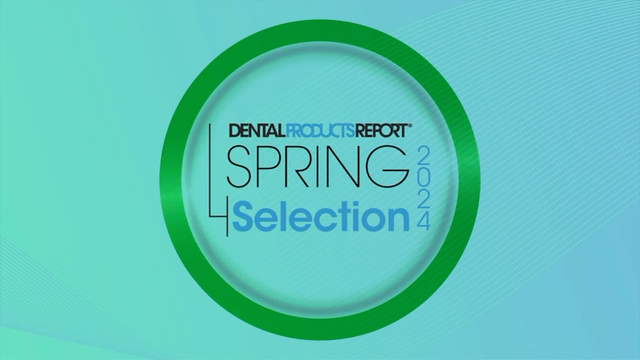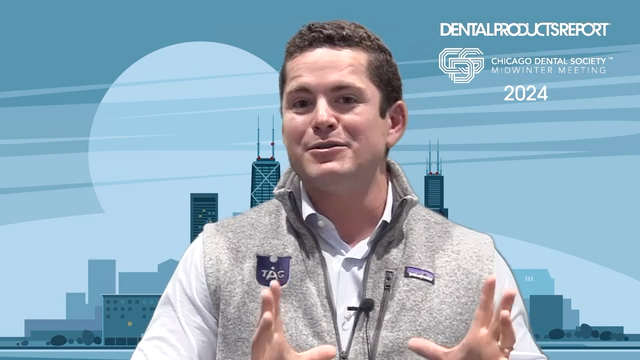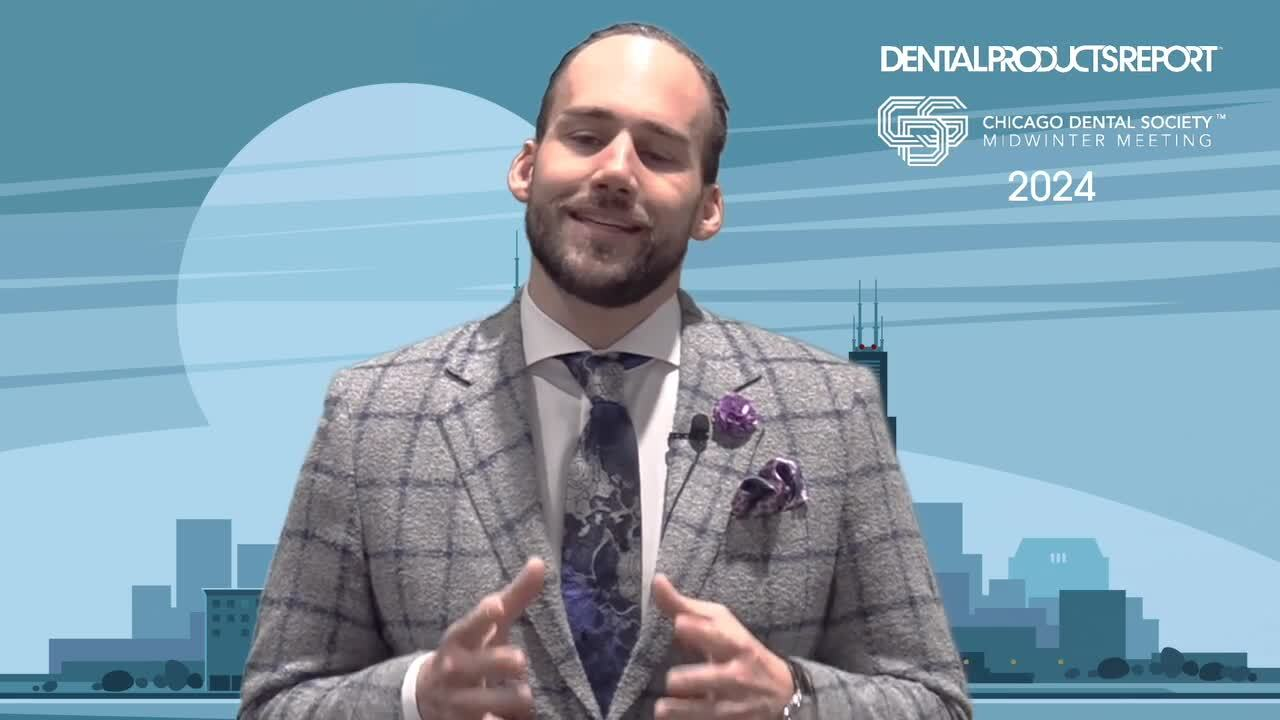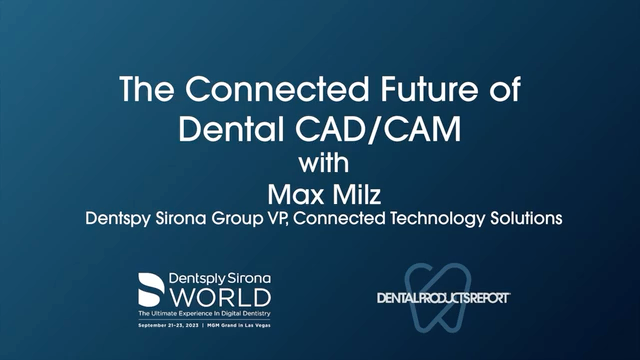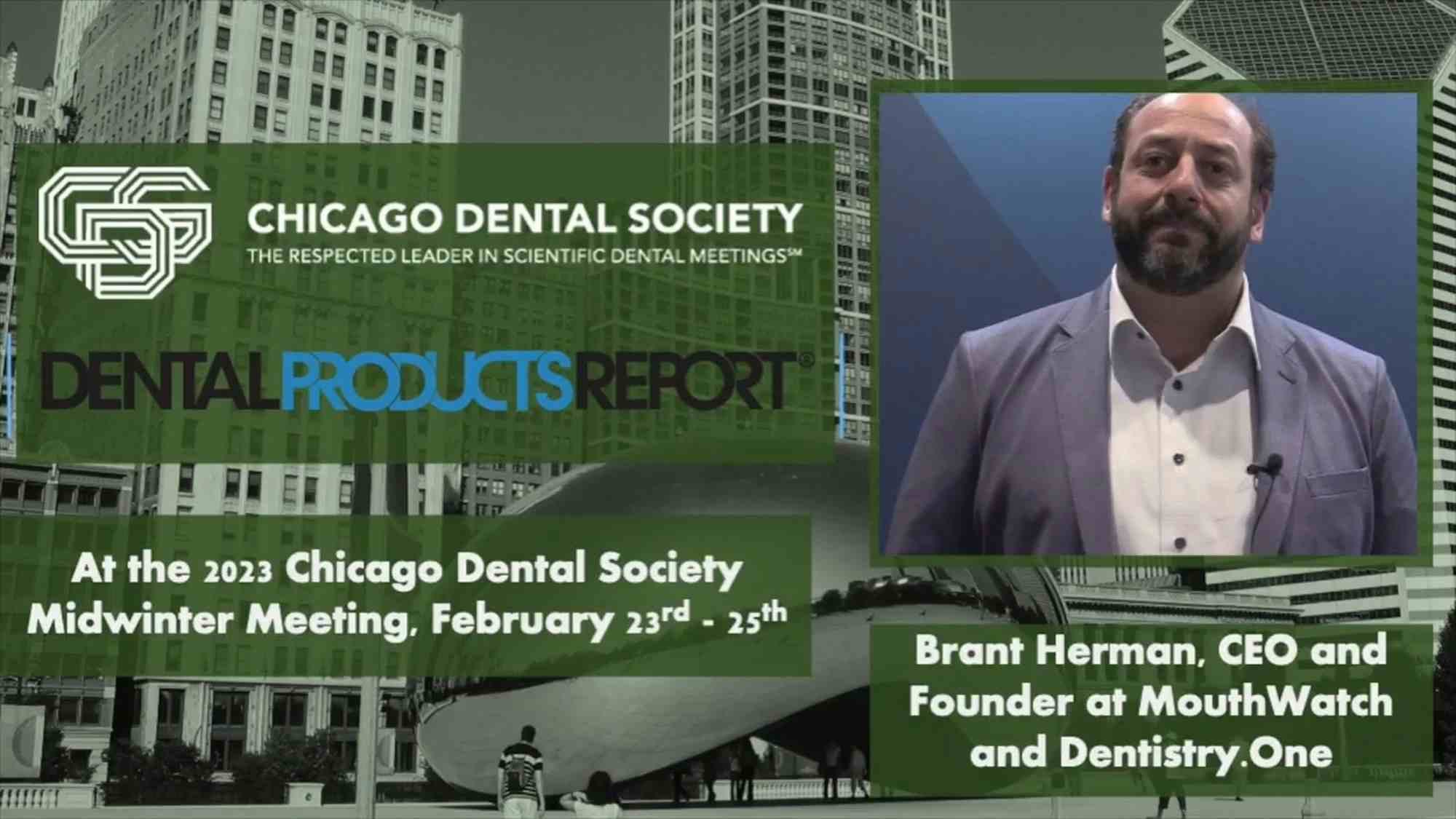Golf, dentists and low back pain: How to continue the sport you love
You’ve had a tough day in the operatory, the sun is out, your back is aching and the green is calling. What could be better than a game of golf to work the aches out? For some dentists, just about anything!
You’ve had a tough day in the operatory, the sun is out, your back is aching and the green is calling. What could be better than a game of golf to work the aches out? For some dentists, just about anything!
It’s no secret that over 50 percent of dentists experience chronic low back pain1. The problem has become so prevalent that low back pain has become a cornerstone that many dental manufacturers use to market their ergonomic products to dentists. Yet the very sport that most dentists flock to after work, on weekends or at conferences, reports low back pain as the most frequent area of pain and injuries among its enthusiasts. A staggering 62 percent of amateur golfers cited the low back as the area most frequently injured2. Is it possible that dentist’s favorite sport may be exacerbating the ‘weakest link’ in their body?
The good news is that addressing two risk factors that contribute to low back pain in both dentists and golfers may help golfing dentists more comfortably continue the sport they love. These risk factors are flexed spinal posture and poor spinal rotation away from the patient, or toward the backswing side.
The first of these, flexed spinal posture, is a common position assumed by many dentists and often difficult to avoid due to varying patient size, poor patient tolerance to reclining, location of the occlusal surface, etc. Flexing the spine forward over the patient is a risk factor for muscle strains, trigger points, facet arthopathy and disc degeneration or herniation that can result in low back pain1.
Golfers with low back pain tend to flex their spines more when addressing the ball3, which tends to limit the amount of spinal rotation. Poor conditioning of the deepest abdominal stabilizing muscles, the transversus abdominis, has been shown to contribute to low back pain4, and will predispose dentists and golfers to a slouched working posture.
More on ergonomics: The economics of ergonomics
To avoid this damaging posture, both dentists and golfers should make it a habit to actively pull the navel to the spine (which activates the transversus abdominis muscle) and pivot forward from the hips, not the waist, whenever leaning forward.
Engaging the transverse abdominal muscles in this manner helps stabilize and protect the lumbar spine, and facilitates proper pivoting at the hips, both in the operatory and on the green5,2. Not only should the deep abdominal muscles be the target of a strengthening program for dentists and golfers to decrease low back pain, but also the other trunk stabilizers: quadratus lumborum, lumbar multifidus, erector spinae and oblique muscles. The Swiss exercise ball is one excellent way to target these groups, however the golfing dentist should also progress to standing exercises that are more functional to the sport.
Related reading: 4 evidence-based ergonomic strategies to save your dental career
Continue to page two for more...
Spinal rotation is also difficult for most dentists to avoid in the operatory. One study showed that right-handed dentists leaned forward, to the right and rotated to the left for two-thirds of their working hours6. Dentists who repeatedly postured this way had the highest incidence of low back pain, and also tended to have less spinal rotation to the right (away from the patient). Repeatedly twisting the trunk in one direction (i.e. toward a delivery system or a patient) can also lead to the development of muscle imbalances that cause low back pain7.
More on ergonomics from Bethany Valachi: No pain, all gain
Likewise, the body mechanics of right-handed golfers somewhat simulates dentists in the operatory: Leaning forward, and rotating to the left. Golfers with low back pain tend to have less flexibility with trunk rotation3, which can cause compensatory movements in the spine, hips or shoulders2.
The golfing dentist should incorporate specific trunk rotation exercises, especially stretches toward the backswing side (or ‘away from the patient’), as this is the direction that is most problematic for both populations. Also of importance is avoiding a muscle imbalance of the trunk rotators (oblique abdominals) by targeting the oblique abdominal muscles in a strengthening program.
For this exercise, use a golf club threaded through the elbows, keep the back straight and pivot forward at the hips. Perform slight rotations toward the backswing side, the weakest side for most dentists.
Although the sport of golf may exacerbate certain muscle imbalances to which dentists are prone, you need not give up the sport you love.
More from Bethany Valachi: Practice dentistry until you're 75
References
1. Valachi B, Valachi K. Mechanisms contributing to musculoskeletal disorders in dentistry. Journal of the American Dental Association 2003; Oct:134;1344-1350.
2. Shamus E, Shamus J. Sports Injury Prevention & Rehabilitation. Mcgraw Hill New York. 2001.185-239.
3. Lindsay D, Horton J. Comparison of spine motion in elite golfers with and without low back pain. J Sports Sci 2002 Aug;20 (8):599-605.
4. Richardson C, Jull G, Richardson B. A dysfunction of the deep abdominal muscles exists in low back pain patients. In Proceedings World Confederation of Physical Therapy, Washington 1995:932.
5. Grimshaw p, Giles a, Tong R, Grimmer K. Lower back and elbow injuries in golf. Sports Med 2002;32(10):655-66
6. Kihara T. Dental care works and work-related complaints of dentists. Kurume Medical Journal. 1995;42:251-257.
7. Van Dieen J. Asymmetry of erector spinae muscle activity in twisted postures and consistency of muscle activation patterns across subjects. Spine 1996;21(22):2651-61.
About the author
DPR Ergonomics Editor, Bethany Valachi, PT, MS, CEAS is author of the book, “Practice Dentistry Pain-Free: Evidence-based Strategies to Prevent Pain and Extend your Career” and clinical instructor of ergonomics at OHSU School of Dentistry in Portland, OR. A physical therapist who has worked exclusively with dental professionals for over 15 years, she is recognized internationally as an expert in dental ergonomics, and has been invited to lecture at over 300 conferences worldwide, including the Asia Pacific World Dental Conference in Dubai. She has published more than 50 articles in peer-reviewed dental journals and has developed patient positioning and exercise DVDs specifically for dental professionals. She offers free newsletters, articles, videos and product reviews on her website at www.posturedontics.com. Bethany can be reached at info@posturedontics.com.
Oral Health Pavilion at HLTH 2024 Highlighted Links Between Dental and General Health
November 4th 2024At HLTH 2024, CareQuest, Colgate-Palmolive, Henry Schein, and PDS Health launched an Oral Health Pavilion to showcase how integrating oral and general health can improve patient outcomes and reduce costs.
Episode 31: Dentsply Sirona Implant Announcements
September 30th 2021DPR’s Editorial Director Noah Levine sat down with Gene Dorff, Dentsply Sirona’s group vice president of implants and Dr. Dan Butterman to review several big announcements the company made in the arena of implants during Dentsply Sirona World 2021 in Las Vegas.




